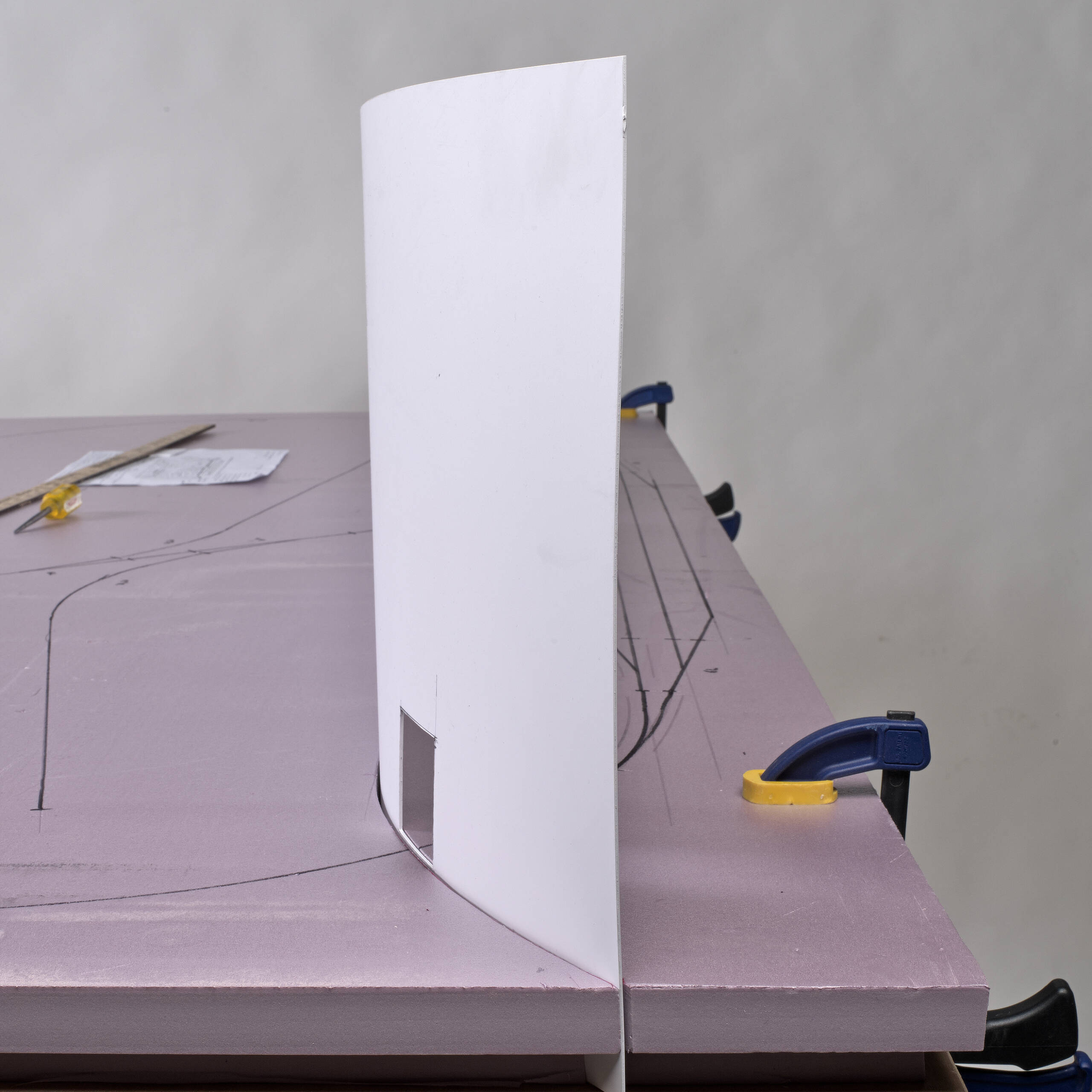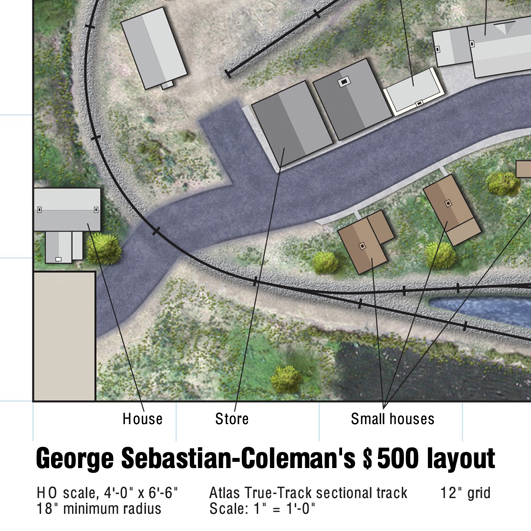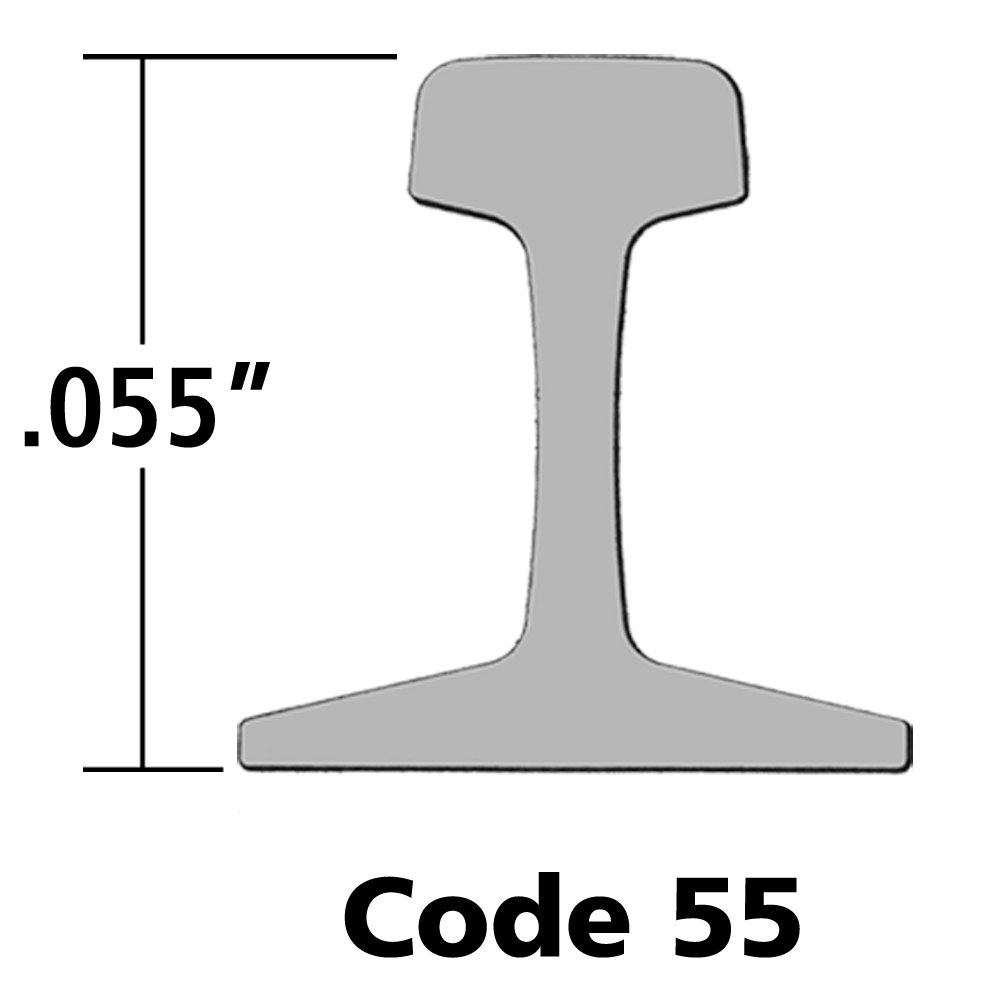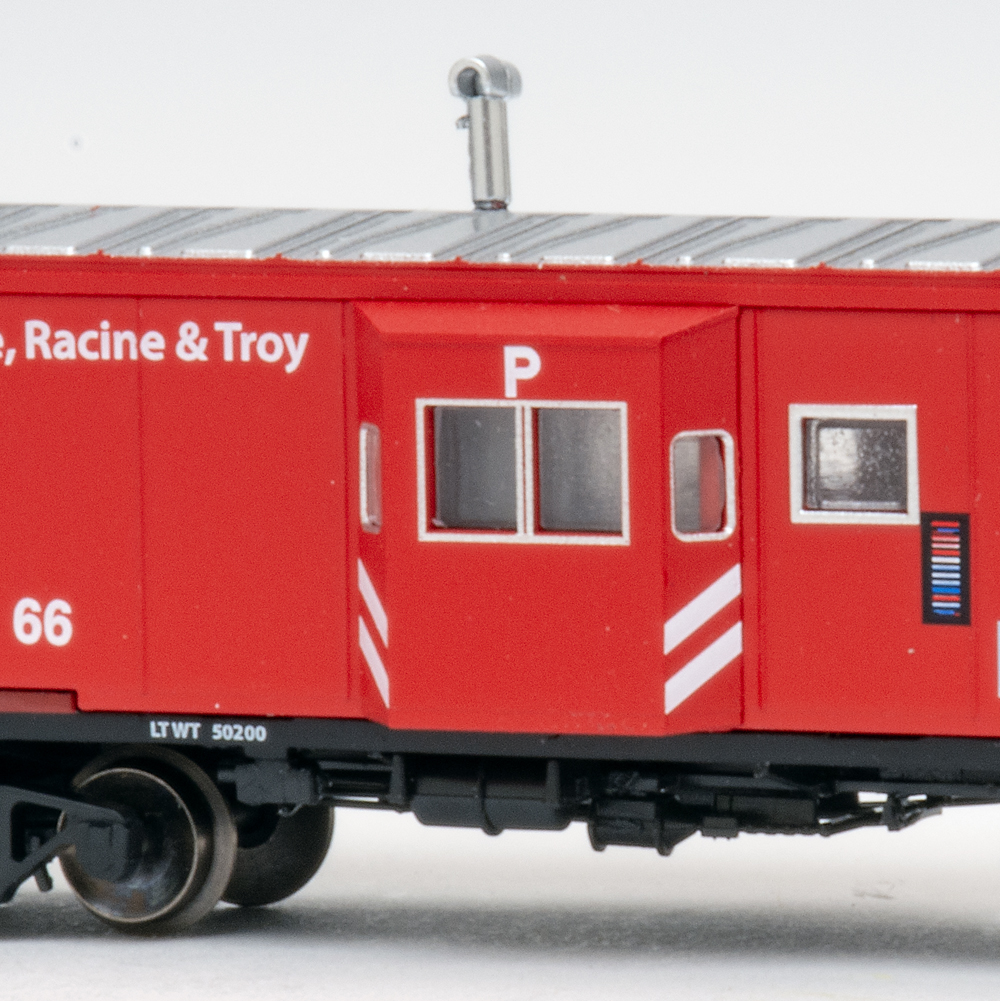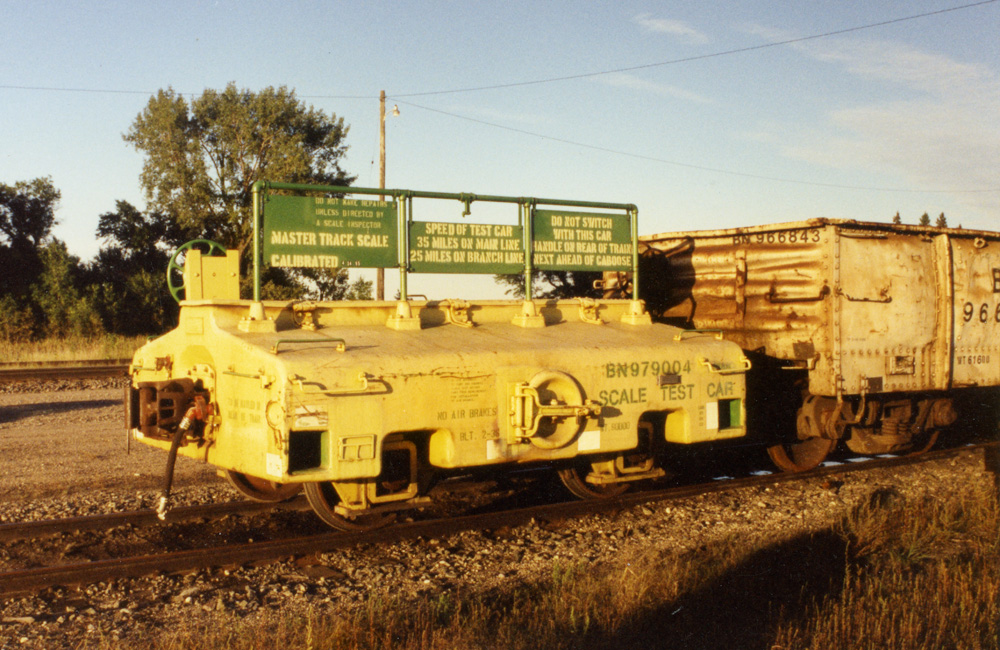
Q: What was the purpose of a scale car? Was it to check the track, and where was it located in the train? Were all Class 1 railroads required to have these cars? Were there measuring instruments in those cars? I do realize that with today’s technology they are obsolete. – Gilles Bouthillier
A: Those cars are far from obsolete. You might get a clue what these cars are for if you heard the full name: scale test car. Bulk materials like coal, grain, wood chips, gravel, and sand are shipped by weight. In order to know how much coal or whatever is being shipped, the car must be weighed, first empty, then loaded. In both cases, a scale track is used. Cars are pulled or shoved onto a scale track and their weight recorded. The car’s empty weight – ascertained on a regular basis as part of scheduled maintenance and stenciled on the car’s side for easy reference – is subtracted to give the weight of the lading. The shipper is then billed accordingly.
So, what does a scale test car do? In order to guarantee the shipper that the weight they’re being charged for is accurate, railroads must keep their car scales calibrated. This is done with a scale test car, a small maintenance-of-way car whose weight is known and carefully maintained. There’s no instrumentation on the car beyond its brake equipment; most are basically a cast steel slug on wheels, though some railroads use retired covered hoppers brought up to a standard weight with a load of sand, pea gravel, or the like. If a railroad didn’t have its own scale test car, it had to have access to one in order to guarantee shippers and regulators that its scales were accurate.
The scale test car travels in special movements around the railroad, from scale to scale. Since the scale test car needs to be handled as little as possible, it’s usually moved on the end of a consist and dropped off before any switching maneuvers. Checking a scale usually involves numerous moves on and off the scale to establish a baseline and check all the scale’s moving parts. Testing a weigh-in-motion scale is even more time consuming, involving repeated run-throughs in the middle of a string of hopper cars. If any discrepancy is found between the car’s known weight and the scale’s readout, the scale is adjusted.
If you want to add a scale test car to your model railroad, Bachmann Trains makes them in HO scale, while Atlas O offers an O scale version. Walthers no longer makes them in HO scale, but you might still find one in a train shop or at a hobby show. Bringing the railroad’s scale test car to a scale track for calibration is a complication that could add a lot of operating interest to an operating session, not to mention a lot of frustration to your coal drag operators.
Send us your questions
Got a question about modeling, operation, or prototype railroading? E-mail it to us at AskTrains@Trains.com. Include your full name and hometown and put “Ask MR” in the subject.






